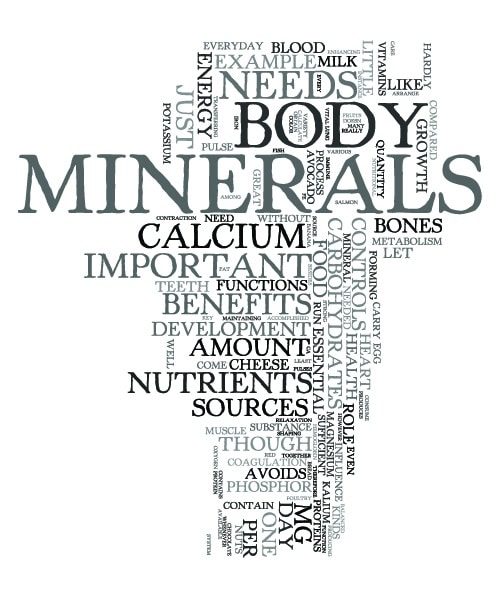Nucleation of minerals in teeth and bones is not fully understood, but it is known that bone materials form inside collagen which is the main protein found in skin and connective tissues. The researchers studied how gaps in collagen fibre structures facilitate nucleation of calcium phosphate required for bone maintenance and formation, as published in Nature Communications.
Calcium phosphate nucleation within situ small angle X-ray scattering was studied by the researchers in order to observe nucleation within a collagen gap. Without an inhibitor it was found that nucleation initially took place outside of the gap. When an inhibitor was added the process occurred mainly within the gap. Confined space within the gap allowed the calcium phosphate to form along the gap length only, and minimized surface interaction with gap sidewalls; meaning topography of the gap decreases energy cost and enables nucleation.
When we fully understand how it is that new bone forms, we may then modulate where it may form. Collagen fibrils play a role in biomineralization by controlling nucleation pathways and energy barriers was confirmed by this research. If the chemistry can be manipulated to send signals to form bone minerals more quickly or stronger it may have important implications to the medical field.
Biological aspects of nucleation were focussed on in this research, understandings of nucleation in confinement is applicable to the fields of materials science, engineering, chemical engineering, and environmental science. This work is but a glimpse of just one health aspect, the knowledge gained from it can be applied broadly to water and energy systems.




